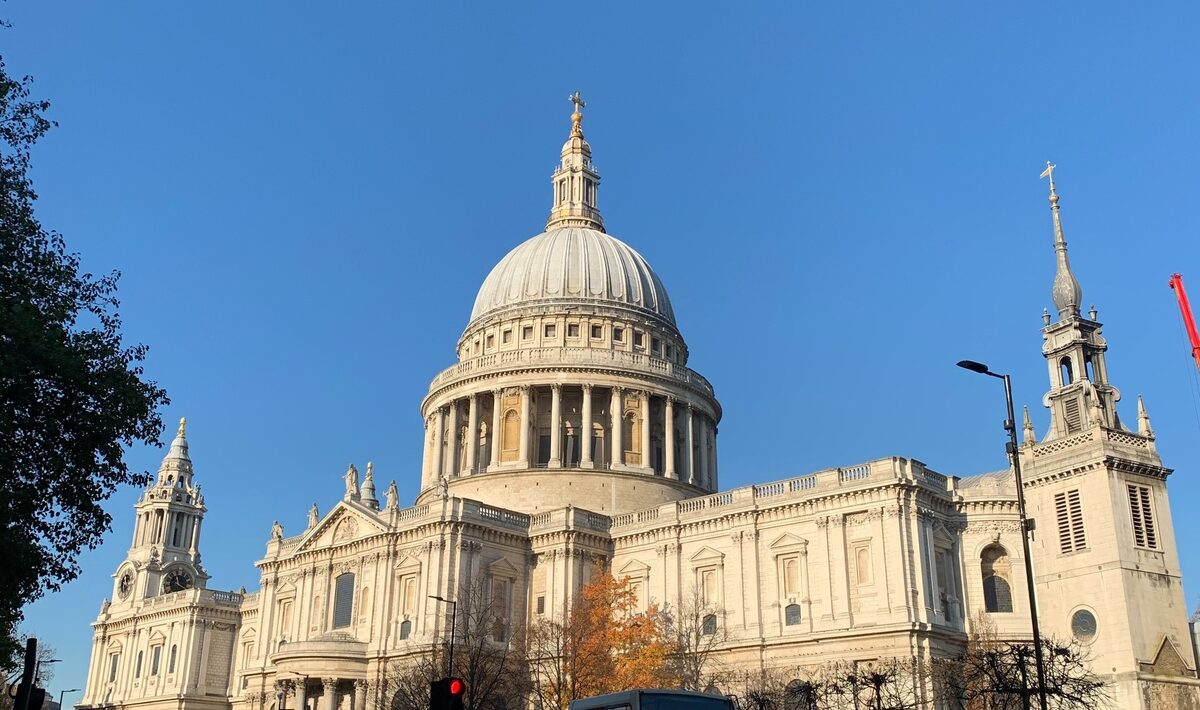A Theatrical Renaissance
The Elizabethan era (1558-1603) is often referred to as the golden age of English theatre, a period when the stage came alive with a vibrant array of performances that captivated audiences from all walks of life. At the heart of this theatrical renaissance were the iconic Elizabethan playhouses, venues that played a central role in shaping the course of dramatic art and cultural expression.
The Birth of the Playhouses
The emergence of dedicated playhouses marked a significant departure from earlier theatrical practices. Prior to the Elizabethan era, performances were often held in courtyards, inns, or open spaces. The construction of purpose-built playhouses provided a dedicated space for theatrical productions, allowing for larger audiences and more elaborate stage setups.
The Globe Theatre: A Symbol of the Era
Among the most celebrated Elizabethan playhouses was the Globe Theatre, a seminal institution in the world of drama. Established in 1599 by the Lord Chamberlain’s Men, a company in which William Shakespeare was a shareholder, the Globe became synonymous with the era’s theatrical excellence. Its iconic circular design, open-air structure, and three-tiered seating arrangement created an immersive experience for the audience.
Theatre Architecture and Design
Elizabethan playhouses were architectural marvels that combined practicality with aesthetics. The thrust stage extended into an open-air yard, surrounded by galleries that provided tiered seating. The design facilitated an intimate connection between actors and audience, making every performance a shared experience. Elaborate costumes, minimal sets, and innovative use of props allowed the plays to come alive in the imaginations of the spectators.
Audience Diversity and Accessibility
One of the remarkable aspects of Elizabethan playhouses was their accessibility to a diverse range of audience members. The theatre was a space where nobility and commoners mingled, creating a sense of unity among social classes. The “groundlings,” who stood in the yard closest to the stage, represented the working class and could enjoy performances at an affordable price.
Diverse Repertoire and Innovation
Elizabethan playhouses showcased a rich and varied repertoire that included tragedies, comedies, histories, and even experimental works. Playwrights like Shakespeare, Christopher Marlowe, and Ben Jonson contributed to this diverse collection of plays, each exploring different themes, genres, and styles. The spirit of innovation was palpable, as writers and actors pushed the boundaries of dramatic storytelling.
Enduring Influence and Legacy
The legacy of Elizabethan playhouses is deeply ingrained in the history of theatre. The innovative practices, immersive experiences, and enduring works that emerged from this era continue to influence contemporary drama. The Globe Theatre, reconstructed in London, serves as a living testament to the enduring allure and significance of the Elizabethan playhouses.
Conclusion
The Elizabethan playhouses represent a golden era of theatrical creativity and innovation. These vibrant venues brought to life the words of masterful playwrights, providing audiences with unforgettable experiences that transcended time and social boundaries. As we explore the legacy of these playhouses, we are reminded of the power of theatre to bridge gaps, ignite imaginations, and shape cultural landscapes.

